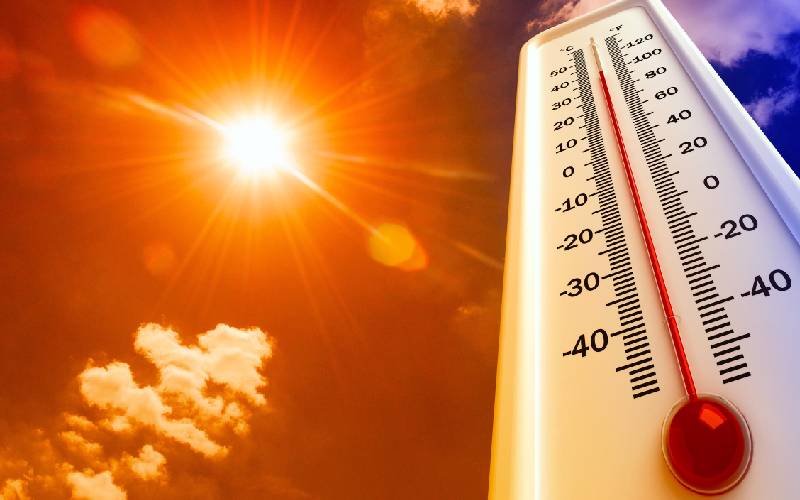
Weather experts have warned that the current dry conditions in most parts of the country may not improve any time soon.
April marks the peak of the long rains season, but Kenya Meteorological Department Director Stella Aura projected poor rain performance up to May when the season ends.
The rainy season spans March, April and May and is crucial to the country’s planting calendar.
“Based on the current conditions and the projected weather conditions, dry conditions are expected to dominate most parts of the country leading to further deterioration of food security and depletion of water resources,” said Ms Aura.
She said residents in drought-prone regions would require assistance, adding that conditions were expected to improve if it rains in the last three months of the year.
“Areas affected by the drought conditions will require interventions to support livelihoods. Conditions are expected to improve if the expected October to December short rains season perform well.”
Agriculture Cabinet Secretary Mwangi Kiunjuri said he had not seen the projections from the Met Department, adding that the Government would need to weigh the severity of the problem. "It is obviously a big concern for us if there are no rains. We will need to check first."
Aura said analysis of the rainfall received in various parts of the country up to mid-April showed it was “far below the long-term averaged for the period”.
“The projected below-normal rainfall for the remainder of April and for the month of May will not improve on the rainfall performance of the season,” said the Met director.
The months of June to August are normally dry in most parts of the country, said Aura, adding that the western parts of the country normally received a lot of rain in August.
The Met department predicted that for the remainder of the long rains season, the western part of the country would receive ‘isolated’ rainfall over a few areas. “The rainfall is expected to be characterised by a long dry spell in between episodes, and the amounts are still expected to be minimal.”
Drought impact
Acting Agriculture and Food Authority Director Antony Mureithi said tea and coffee production had been negatively impacted by the drought. "I think we are about 25 per cent down, and the delay in rains means even the uptick would be affected even if the rains start now."
May marks the end of seasonal rains over most areas in the country except in the western and coastal strips where the rains extend into early June.
Stay informed. Subscribe to our newsletter
“However, in early May, there are chances of isolated storms that may cause flash floods over low-lying areas,” the Met boss said.
Aura noted that in March most parts of the country were generally dry with high temperatures. She also said that the Lake Victoria basin had received substantial amounts of rainfall during the first and last week of the month.
“Moderate to heavy rainfall was also recorded over some parts of north eastern Kenya and the central Highlands towards the end of the month.
“The rainfall received during the month of March constituted less than 50 per cent of the long-term mean for the same period in most places,” said Aura.
According to the Meteorological Department, in the first few weeks of April, only select areas in the western parts of the country reported rainfall. However, the amounts were not sufficient for agricultural activities.
“Only a few stations recorded significant totals of over 50 per cent of the long-term mean for March. These included Kisii, Kisumu, Kericho, Meru, Thika, Kakamega and Kitale stations.”
 The Standard Group Plc is a
multi-media organization with investments in media platforms spanning newspaper
print operations, television, radio broadcasting, digital and online services. The
Standard Group is recognized as a leading multi-media house in Kenya with a key
influence in matters of national and international interest.
The Standard Group Plc is a
multi-media organization with investments in media platforms spanning newspaper
print operations, television, radio broadcasting, digital and online services. The
Standard Group is recognized as a leading multi-media house in Kenya with a key
influence in matters of national and international interest.
 The Standard Group Plc is a
multi-media organization with investments in media platforms spanning newspaper
print operations, television, radio broadcasting, digital and online services. The
Standard Group is recognized as a leading multi-media house in Kenya with a key
influence in matters of national and international interest.
The Standard Group Plc is a
multi-media organization with investments in media platforms spanning newspaper
print operations, television, radio broadcasting, digital and online services. The
Standard Group is recognized as a leading multi-media house in Kenya with a key
influence in matters of national and international interest.










